Home>Garden Essentials>How Did Enclosure And Crop Rotation Paved The Way For An Agricultural Revolution
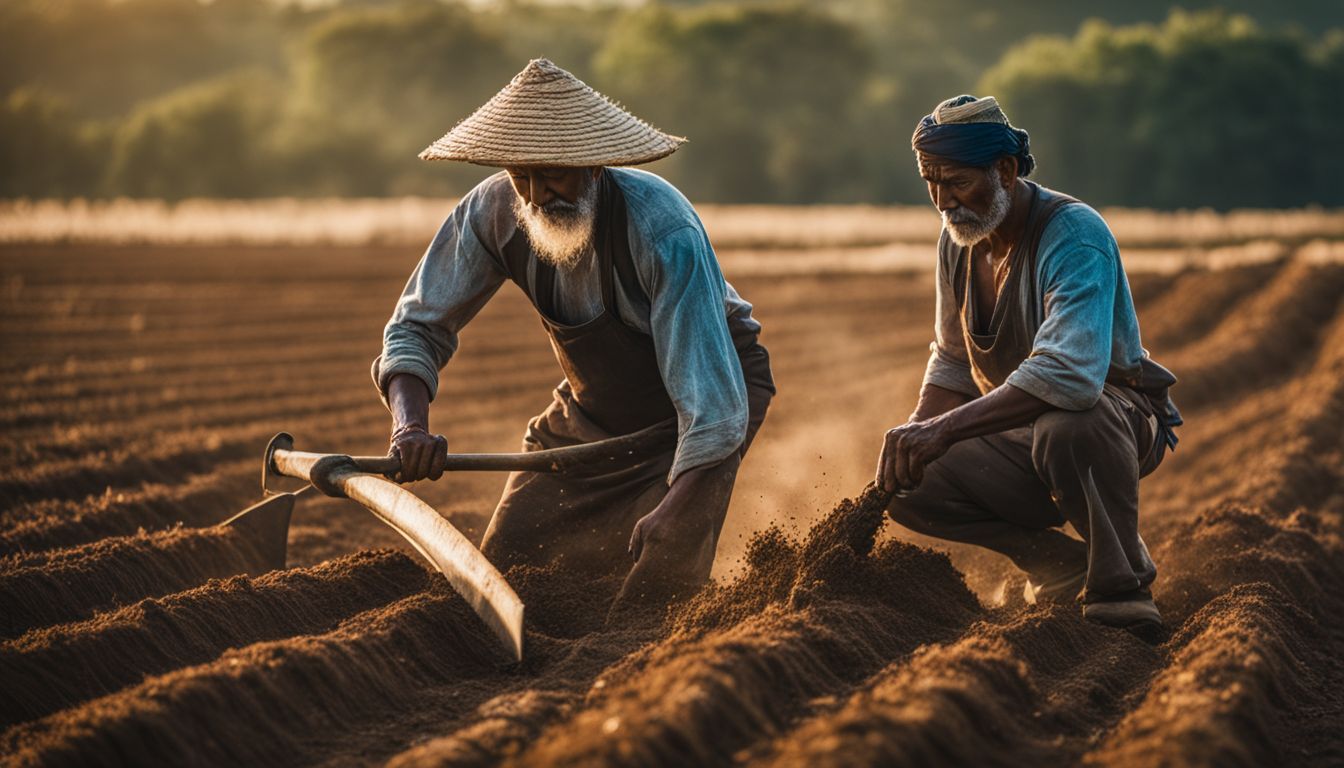

Garden Essentials
How Did Enclosure And Crop Rotation Paved The Way For An Agricultural Revolution
Modified: March 15, 2024
Discover how enclosure and crop rotation techniques revolutionized agriculture, leading to improved garden productivity and sustainable farming practices. Learn more about the impact of these innovations.
(Many of the links in this article redirect to a specific reviewed product. Your purchase of these products through affiliate links helps to generate commission for Storables.com, at no extra cost. Learn more)
Introduction
The Agricultural Revolution, also known as the Agrarian Revolution, marked a significant shift in human society. It transformed our nomadic ancestors into settled agricultural communities and laid the foundation for modern civilization as we know it. At the heart of this revolution were two key practices: enclosure and crop rotation.
The Enclosure Movement, which started in the 17th century and gained momentum during the 18th and 19th centuries, involved the consolidation and privatization of common lands. Previously, these lands were held and used collectively by the local communities. However, with enclosure, individual landowners were granted exclusive rights, essentially closing off these lands to everyone else.
This transition had a profound impact on agriculture. It allowed landowners to experiment with new farming techniques and implement more efficient practices. Crop rotation, an essential component of the Agricultural Revolution, played a crucial role in optimizing land use and increasing productivity.
In this article, we will explore how enclosure and crop rotation paved the way for the Agricultural Revolution and revolutionized the way we cultivate and sustain crops.
Key Takeaways:
- Enclosure and crop rotation changed farming by giving landowners more control and improving productivity. But it also caused social and environmental challenges, shaping modern agriculture.
- Crop rotation improved soil fertility, controlled pests, and increased yields. It’s a sustainable practice that benefits both farmers and the environment, revolutionizing farming methods.
The Enclosure Movement
The Enclosure Movement was a significant shift in land ownership and land use patterns that occurred during the 17th and 18th centuries in Europe, particularly in England. It involved the consolidation and privatization of common lands, which had previously been shared and used collectively by local communities.
Under the Enclosure Movement, landowners were granted exclusive rights to large tracts of land, effectively closing off these lands to common use. This meant that commoners, who relied on these lands for grazing their livestock or farming small plots, were now deprived of their traditional access. As a result, many communities were uprooted and forced to find alternative sources of livelihood.
The reasons behind the Enclosure Movement were varied. Some landowners sought to increase their personal wealth and power by gaining control over more land. Others believed that enclosing lands and implementing more efficient farming methods would lead to increased productivity and agricultural advancement.
Enclosure was often carried out through legal means, with landowners acquiring rights to common lands through private acts of parliament. These acts allowed landowners to legally enclose the land and exclude others from using it. In some cases, enclosure was done through force or coercion, leading to social unrest and resistance from commoners.
The Enclosure Movement had both positive and negative consequences. On one hand, it led to advancements in agriculture and improvements in crop yields. Enclosed lands allowed landowners to experiment with new farming techniques, such as using machinery and implementing more advanced crop rotation systems.
On the other hand, the Enclosure Movement had detrimental effects on the rural population. Many commoners lost their traditional means of subsistence and became landless laborers, forced to work on the newly enclosed lands owned by the wealthy. This resulted in increased poverty, inequality, and social dislocation.
The Enclosure Movement also had an impact on the environment. Smallholdings and common lands were often more diverse in terms of the crops grown and the wildlife they supported. With enclosure, there was a shift towards mono-cropping and a reduction in biodiversity.
Despite the controversies and hardships associated with the Enclosure Movement, it played a significant role in shaping modern agriculture. It provided landowners with greater control and incentives to invest in agricultural innovations and experimentation, setting the stage for the breakthroughs that would come with the adoption of crop rotation techniques.
Effects of Enclosure on Agriculture
The Enclosure Movement had far-reaching effects on agriculture, fundamentally altering the way land was managed and cultivated. Here are the key effects of enclosure on agriculture:
- Consolidation of Land: Enclosure led to the consolidation of land into larger, privately-owned farms. This consolidation allowed landowners to have more control over their land and implement more efficient farming practices. Large-scale farming operations became the norm, replacing smaller, fragmented plots.
- Modernization and Technological Advancements: With enclosure, landowners had the freedom and incentives to invest in agricultural innovations. This led to the adoption of new farming techniques and the introduction of machinery, such as the seed drill and improved plows. Mechanization increased efficiency and productivity, enabling farmers to cultivate larger areas of land.
- Increased Productivity: Enclosure and the subsequent introduction of more advanced farming techniques resulted in increased agricultural productivity. With larger, consolidated farms, farmers could implement better irrigation systems, apply fertilizers more efficiently, and cultivate higher-yielding crop varieties. This led to higher crop yields and a more reliable food supply.
- Improved Crop Quality: The consolidation of land allowed farmers to focus on specific crops and specialize in their cultivation. This specialization led to improved crop quality, as farmers could devote more attention and resources to their chosen crops. It also facilitated the adoption of selective breeding techniques to develop higher-yielding and disease-resistant varieties.
- Land Drainage and Reclamation: Enclosure often involved draining and reclaiming wetlands and marshes for agricultural purposes. These previously undeveloped lands were transformed into fertile fields, further expanding the agricultural potential of enclosed areas.
- Reduced Waste and Land Overuse: Enclosure helped address the issue of land overuse and degradation. By consolidating land and implementing more efficient farming practices, farmers were better able to manage their resources and reduce wastage. This led to improved soil fertility and the prevention of land exhaustion.
- Shift in Farmer-Landowner Relationship: With enclosure, the relationship between farmers and landowners changed. Traditional communal farming practices gave way to a more hierarchical system, with landowners employing landless laborers to work on their farms. This shift had implications for labor rights and the socio-economic dynamics of rural communities.
Overall, the effects of enclosure on agriculture were complex. Enclosure brought about advancements in productivity, mechanization, and land management. However, it also led to the displacement of rural communities and the concentration of land ownership in the hands of a few. These effects would pave the way for further agricultural innovations, including the widespread adoption of crop rotation techniques.
Enclosure and crop rotation increased agricultural productivity by allowing for more efficient land use and soil fertility. This paved the way for the Agricultural Revolution by providing more food for a growing population.
Crop Rotation Techniques
Crop rotation is a farming practice that involves systematically changing the type of crops grown in a particular field over a defined period of time. This technique was widely adopted during the Agricultural Revolution and played a crucial role in improving soil fertility, reducing pests and diseases, and increasing crop yields. Here are some common crop rotation techniques:
- Two-Field Crop Rotation: This was one of the earliest forms of crop rotation. Under this system, farmers divided their land into two fields. In one field, they would plant a crop like wheat or barley (known as a “clean” crop), while the other field would be left fallow or used for grazing livestock. This allowed the soil to rest and recover its fertility. The following year, the fields would be swapped, with the previously fallow field now planted with a crop, while the originally planted field would be left fallow.
- Three-Field Crop Rotation: This was an advancement of the two-field system and introduced a third rotation cycle. Instead of having one field fallow each year, this system divided the land into three fields. One field would be planted with a cereal crop, such as wheat or rye. The second field would be planted with a legume crop like beans or peas, which helped fix nitrogen into the soil. The third field would be left fallow or used for grazing. The following year, the crops would be rotated, with each field taking on a different role in the rotation cycle. This system helped maintain soil fertility and provided a better balance of nutrients.
- Four-Field Crop Rotation: This system further refined crop rotation by adding a fourth field to the rotation cycle. Each year, the fields would be dedicated to different crops. One field would be planted with a cereal crop, the second field with a root crop like turnips or potatoes, the third field with a legume crop, and the fourth field left fallow or used for grazing. The rotation cycle would repeat every four years, allowing for more diverse crops, improved soil fertility, and better pest and disease management.
- Multi-Year Crop Rotation: In some cases, farmers implemented longer crop rotation cycles, extending beyond four years. This allowed for the incorporation of additional crops, such as fruits, vegetables, or cover crops, into the rotation system. Longer rotations helped break pest and disease cycles, promote biodiversity, and improve overall soil health and fertility.
Each crop rotation technique had its unique benefits. By rotating crops, farmers could break pest and disease cycles, as different crops attract different pests and diseases. Furthermore, legume crops in the rotation cycle helped replenish soil nutrients by fixing atmospheric nitrogen, reducing the need for artificial fertilizers. Fallow periods allowed the soil to rest and recover, reducing soil erosion and improving its structure.
Crop rotation techniques brought about significant improvements in agricultural productivity and sustainability. They not only improved soil fertility and reduced the reliance on external inputs, but also provided farmers with a more diversified and resilient farming system that could better withstand changes in climate and market demand.
Benefits of Crop Rotation
Crop rotation is a farming practice that offers numerous benefits for both the soil and the crops grown. Here are some key advantages of implementing crop rotation techniques:
- Improved Soil Fertility: One of the primary advantages of crop rotation is the improvement of soil fertility. Different crops have varying nutrient requirements, and by rotating crops, farmers can ensure that the soil is not depleted of specific nutrients. Legume crops, such as peas or beans, fix atmospheric nitrogen into the soil, replenishing this essential nutrient. Additionally, crop rotation can reduce nutrient imbalances and enhance the overall nutrient content of the soil, leading to healthier and more productive crops.
- Control of Pest and Diseases: Crop rotation helps break pest and disease cycles. Different crops attract different pests and diseases, and by rotating crops, farmers disrupt the continuous presence of these threats. This reduces the buildup of pests and pathogens in the soil, minimizing the need for chemical treatments. Some crops, such as marigolds, can even act as natural repellents for certain pests, further enhancing pest control efforts.
- Prevention of Soil Erosion: Continuous monoculture, the practice of growing the same crop in the same field year after year, can lead to soil erosion. The repeated cultivation of a single crop leaves the soil vulnerable to erosion from wind and water. Crop rotation helps mitigate this risk by diversifying the plant cover and root systems in the field. Different crops have varying root structures, some of which are more effective at holding the soil in place. This helps protect against erosion and maintains soil structure.
- Improved Water Management: Crop rotation can also improve water management in the field. Different plants have different water requirements, and by rotating crops, farmers can optimize water usage. For example, deep-rooted plants may be grown in one rotation cycle to access groundwater, while more shallow-rooted crops can be cultivated during periods of adequate rainfall. This reduces the risk of water stress and ensures efficient water utilization.
- Enhanced Biodiversity: Crop rotation promotes biodiversity on the farm. By growing a variety of crops in rotation, farmers create diverse habitats for beneficial insects, birds, and other wildlife. This helps to maintain a balanced ecosystem and supports natural pest control. Additionally, crop rotation can include the planting of cover crops during fallow periods, which not only protect and improve the soil but also attract and support beneficial insects and pollinators.
- Increased Crop Yields: Overall, the combination of improved soil fertility, pest control, erosion prevention, and water management leads to increased crop yields. A healthy and fertile soil, coupled with better disease and pest management, provides the optimal conditions for crops to thrive. Additionally, crop rotation helps reduce the reliance on synthetic fertilizers, pesticides, and herbicides, resulting in lower input costs and improved profitability for farmers.
Crop rotation is a sustainable and effective practice that offers a range of benefits for both farmers and the environment. By implementing crop rotation techniques, farmers can improve soil health, enhance pest control, protect against erosion, promote biodiversity, and achieve higher crop yields. It is a valuable tool in sustainable agriculture and a key component of the Agricultural Revolution.
Conclusion
The Agricultural Revolution, driven by practices such as enclosure and crop rotation, transformed the way agriculture was conducted and laid the foundation for modern agricultural systems. The Enclosure Movement, despite its controversies, allowed for the consolidation of land and the implementation of more efficient farming practices. Crop rotation techniques played a crucial role in sustainably managing soil fertility, controlling pests and diseases, and increasing crop yields.
The Enclosure Movement led to advancements in agriculture by granting landowners exclusive rights and incentives to invest in agricultural innovations. With enclosure, larger, consolidated farms emerged, which facilitated the adoption of mechanization and the implementation of advanced farming techniques. Enclosure also had detrimental effects on the rural population, with many commoners losing their traditional means of subsistence and becoming landless laborers.
Crop rotation techniques offered numerous benefits to agriculture. By systematically changing the crops grown in a specific field, farmers improved soil fertility, controlled pests and diseases, prevented soil erosion, and enhanced water management. Crop rotation also supported biodiversity, providing habitats for beneficial insects and wildlife. These practices resulted in increased crop yields and reduced reliance on synthetic inputs, promoting sustainable and profitable farming systems.
The Agricultural Revolution, propelled by enclosure and crop rotation, paved the way for the advancements that continue to shape modern agriculture today. These practices revolutionized farming methods, leading to increased productivity, improved soil health, and more sustainable practices. Understanding and implementing these techniques can contribute to the development of a more resilient and efficient agricultural system that can meet the challenges of a growing global population and a changing environment.
As we reflect on the impact of enclosure and crop rotation, it is essential to recognize the importance of balancing agricultural productivity with social and environmental considerations. By integrating sustainable practices into our farming systems, we can ensure the long-term viability of agriculture while preserving the well-being of both people and the planet.
Frequently Asked Questions about How Did Enclosure And Crop Rotation Paved The Way For An Agricultural Revolution
Was this page helpful?
At Storables.com, we guarantee accurate and reliable information. Our content, validated by Expert Board Contributors, is crafted following stringent Editorial Policies. We're committed to providing you with well-researched, expert-backed insights for all your informational needs.
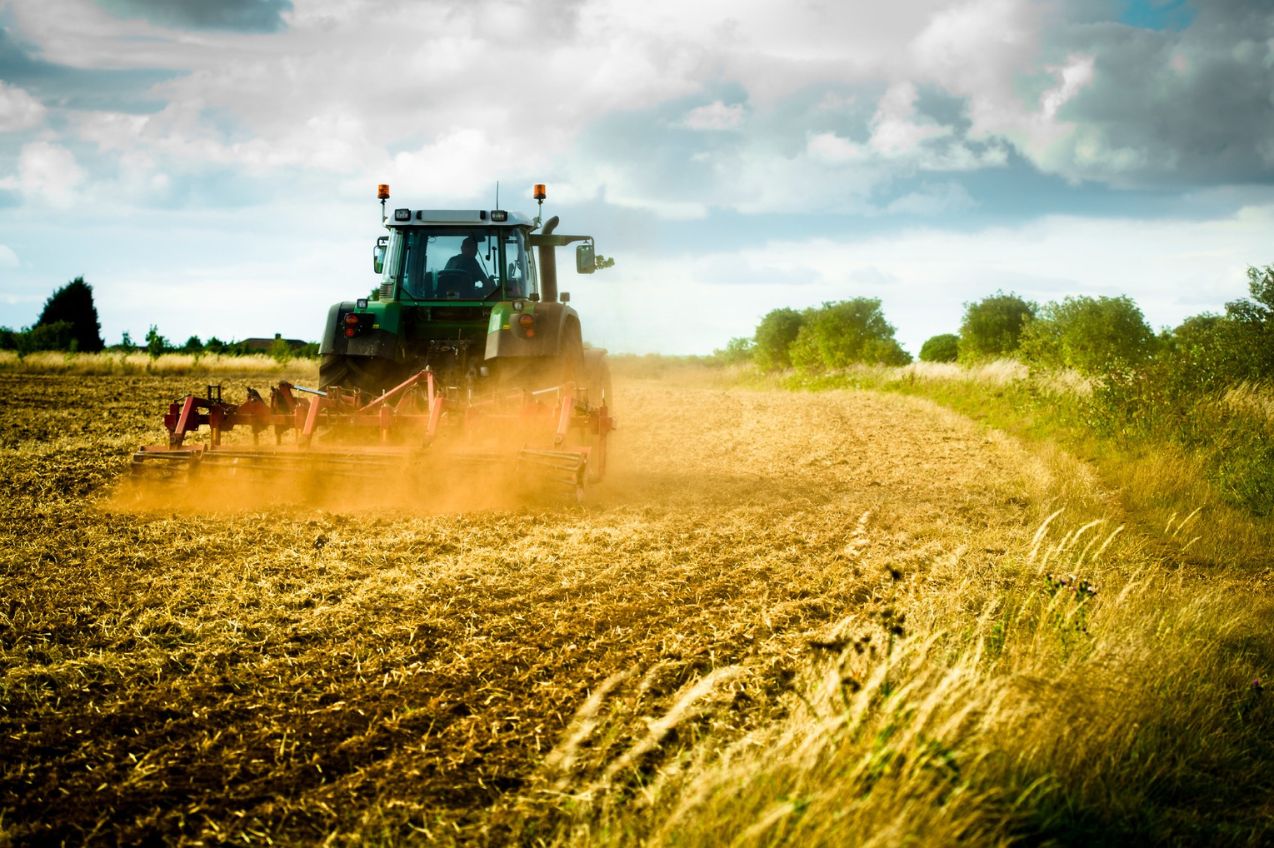
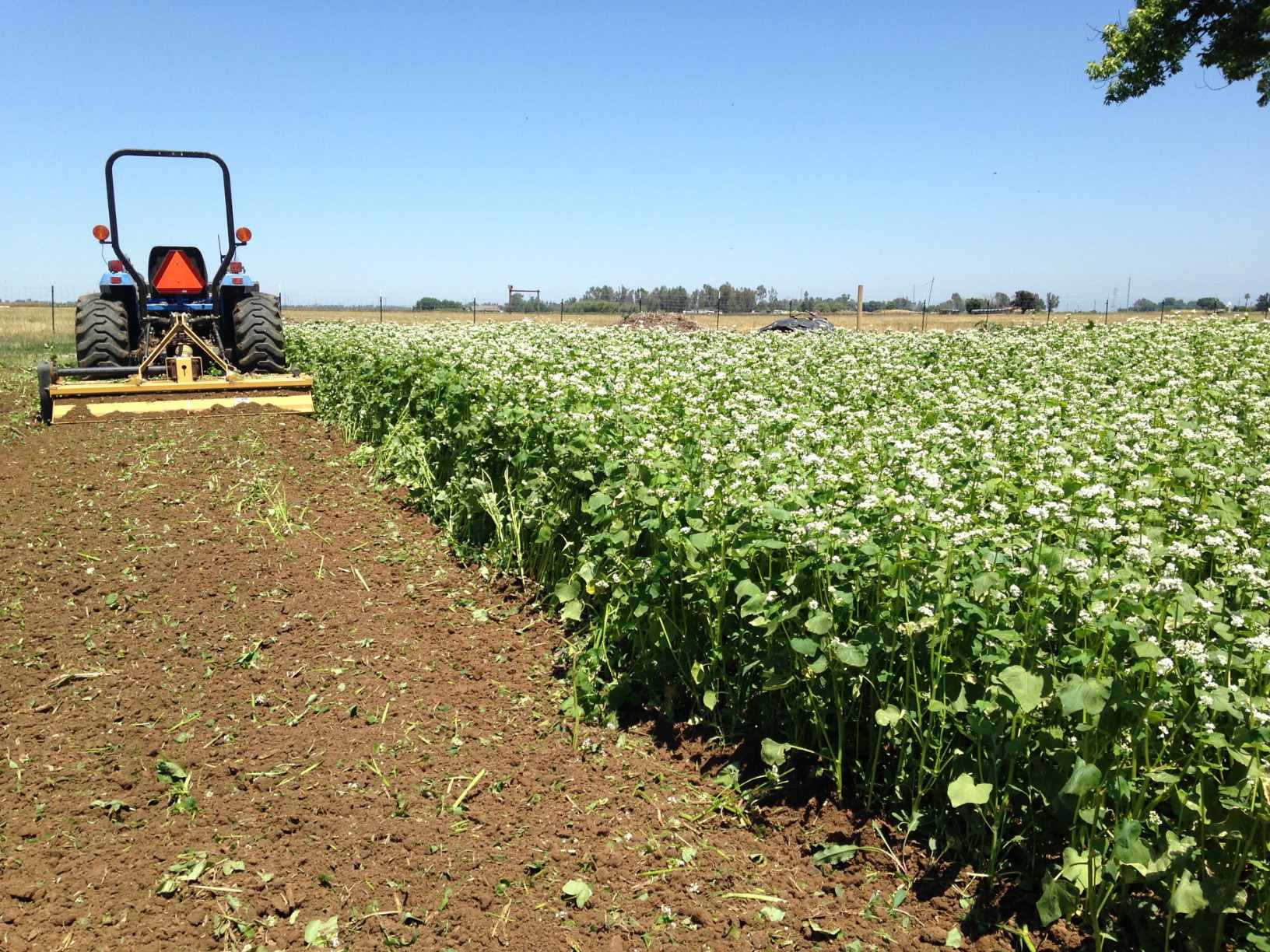
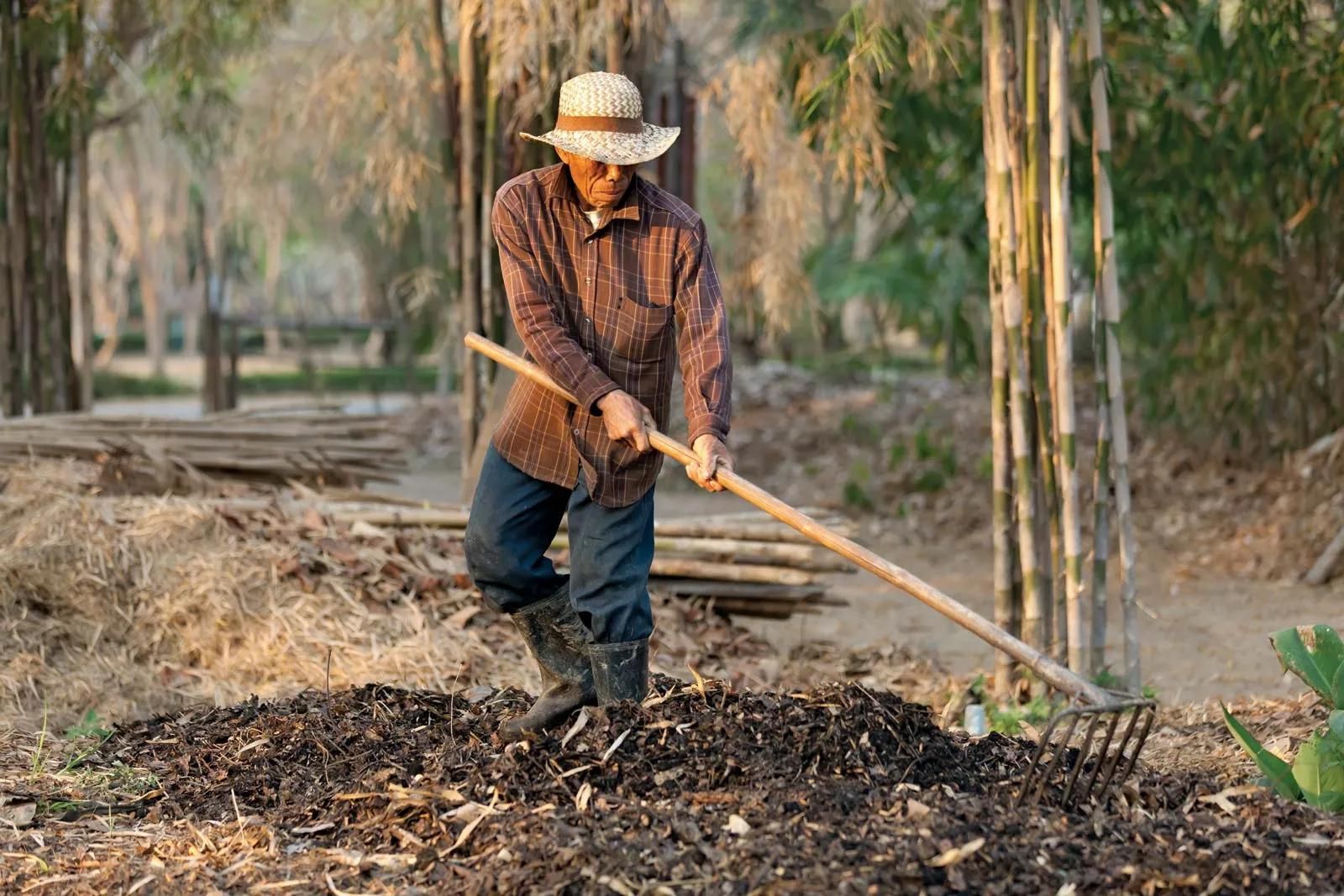
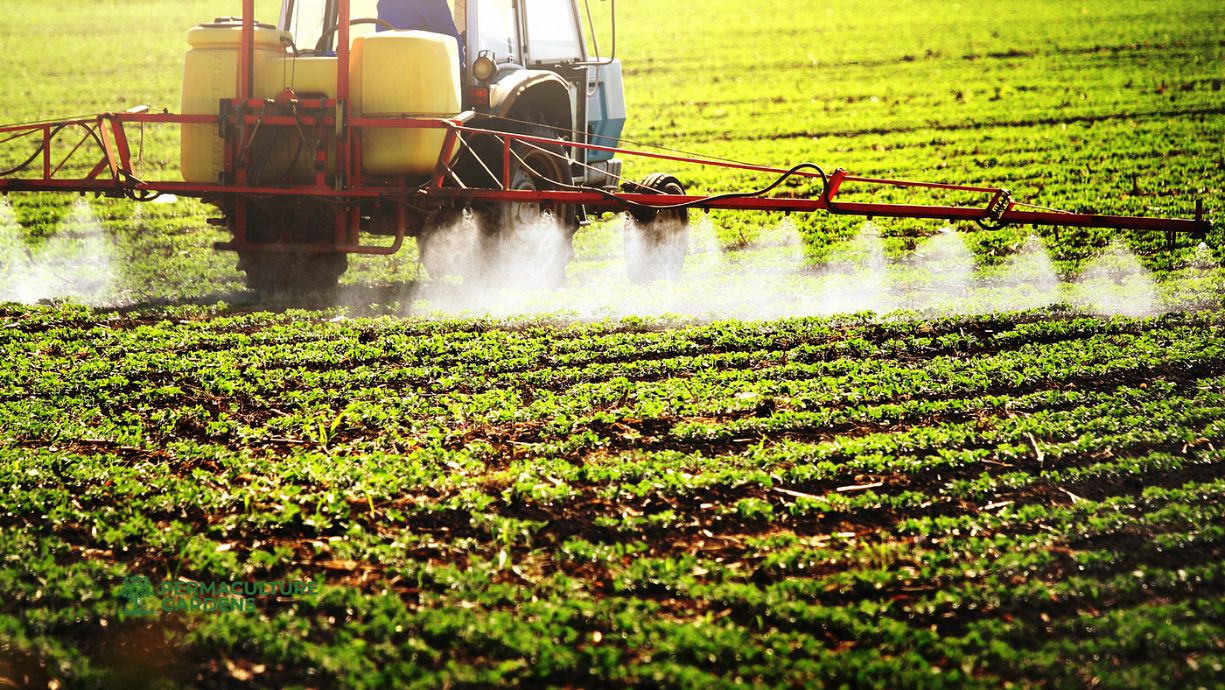

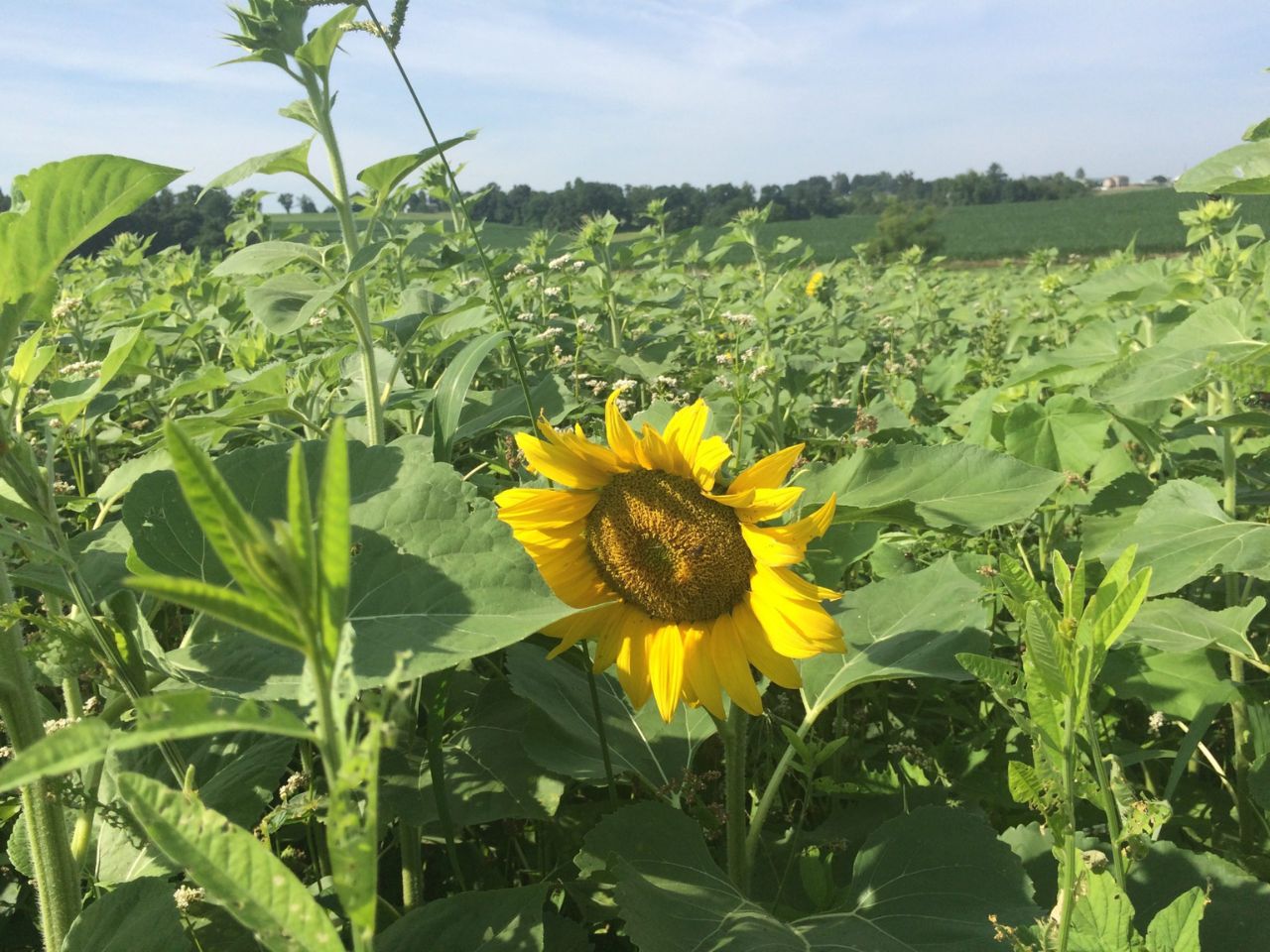
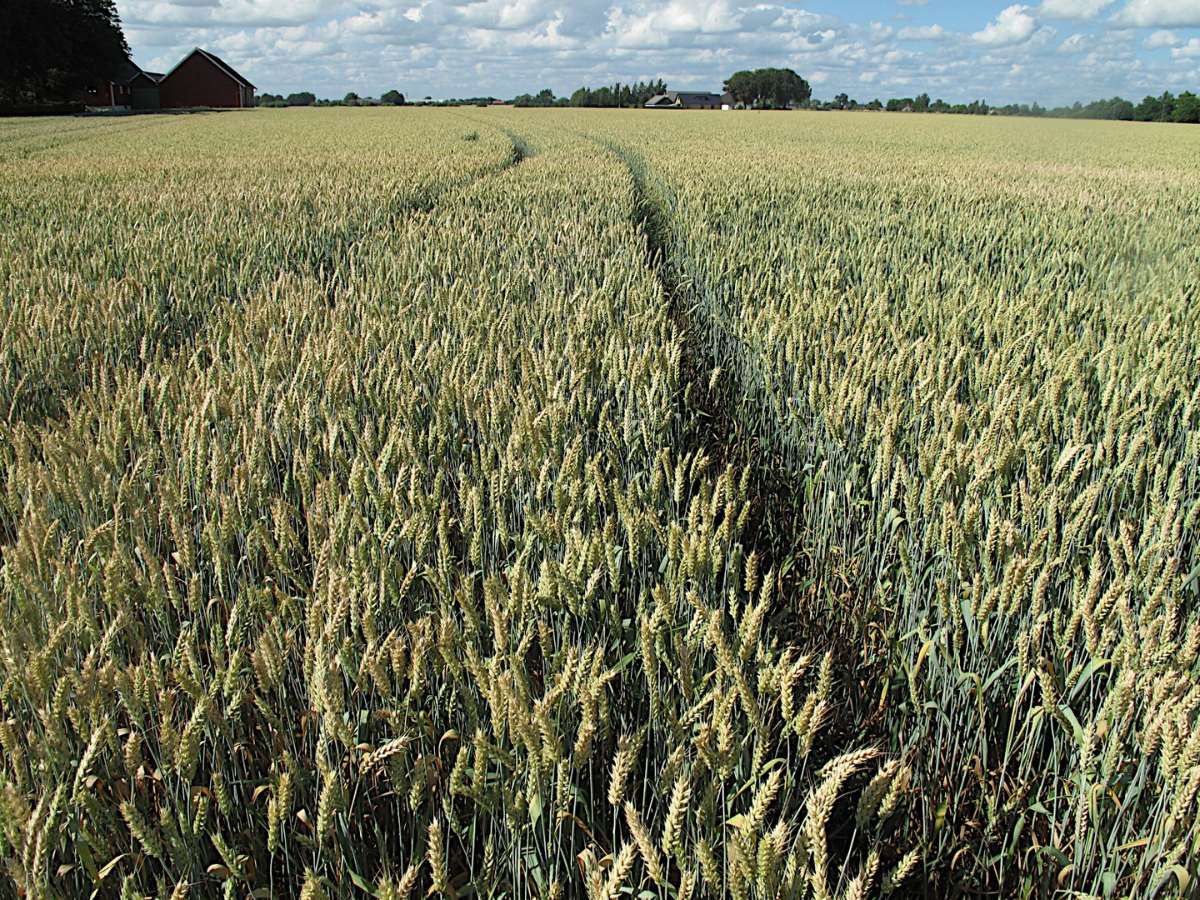
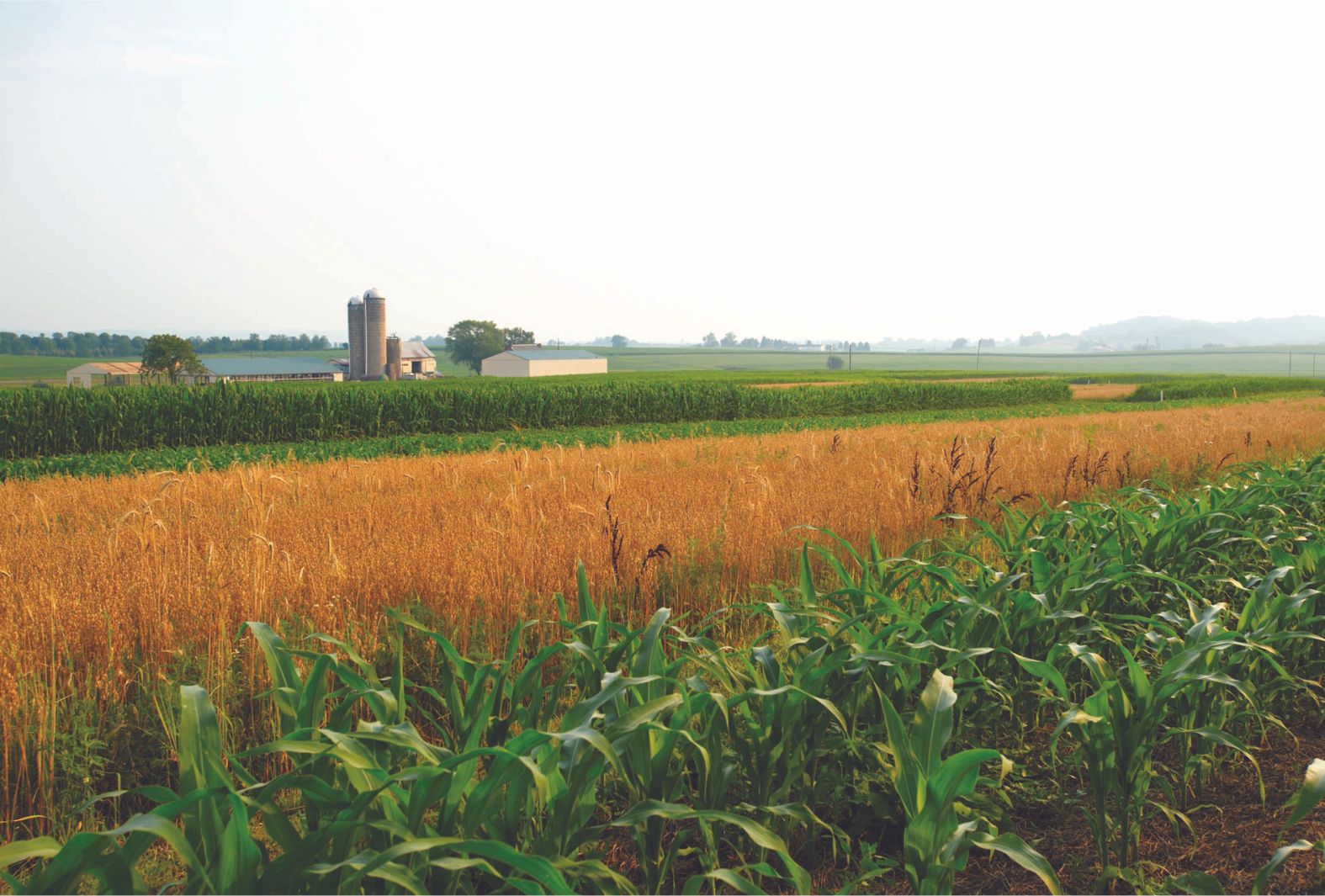
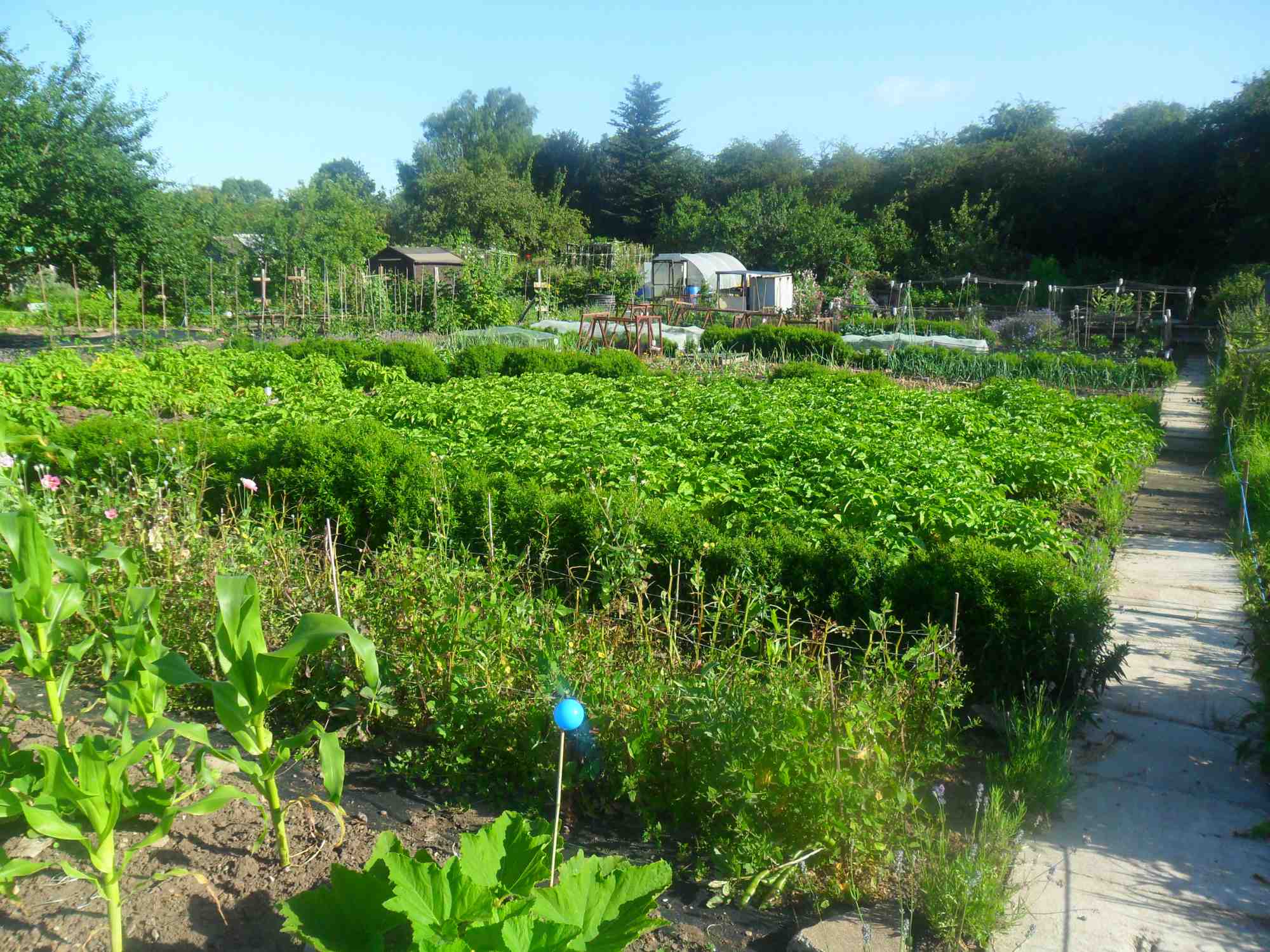
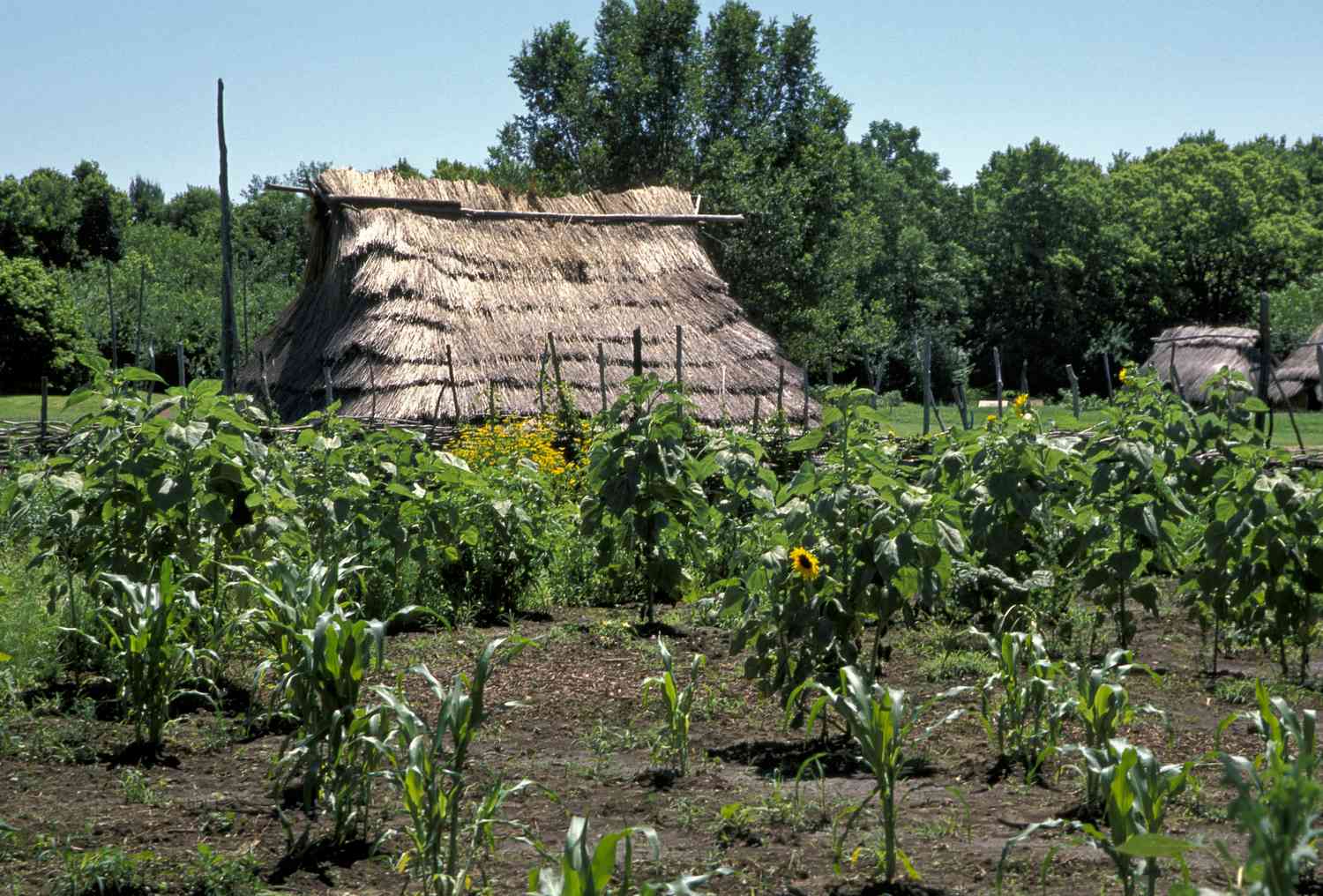
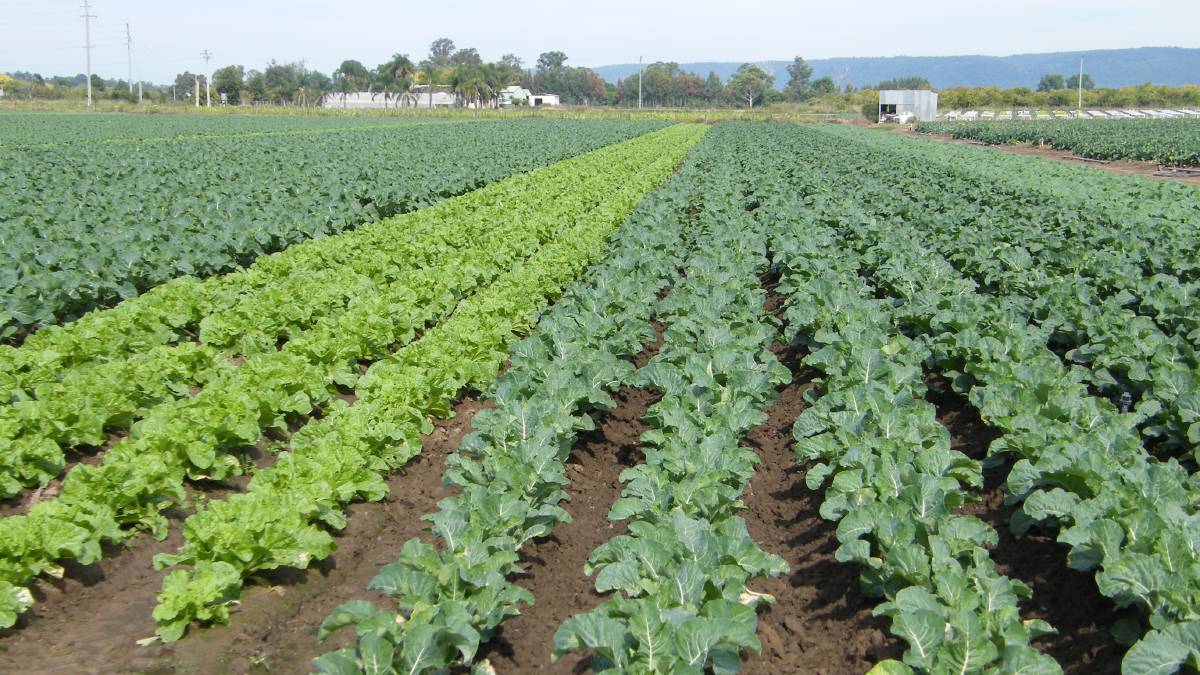
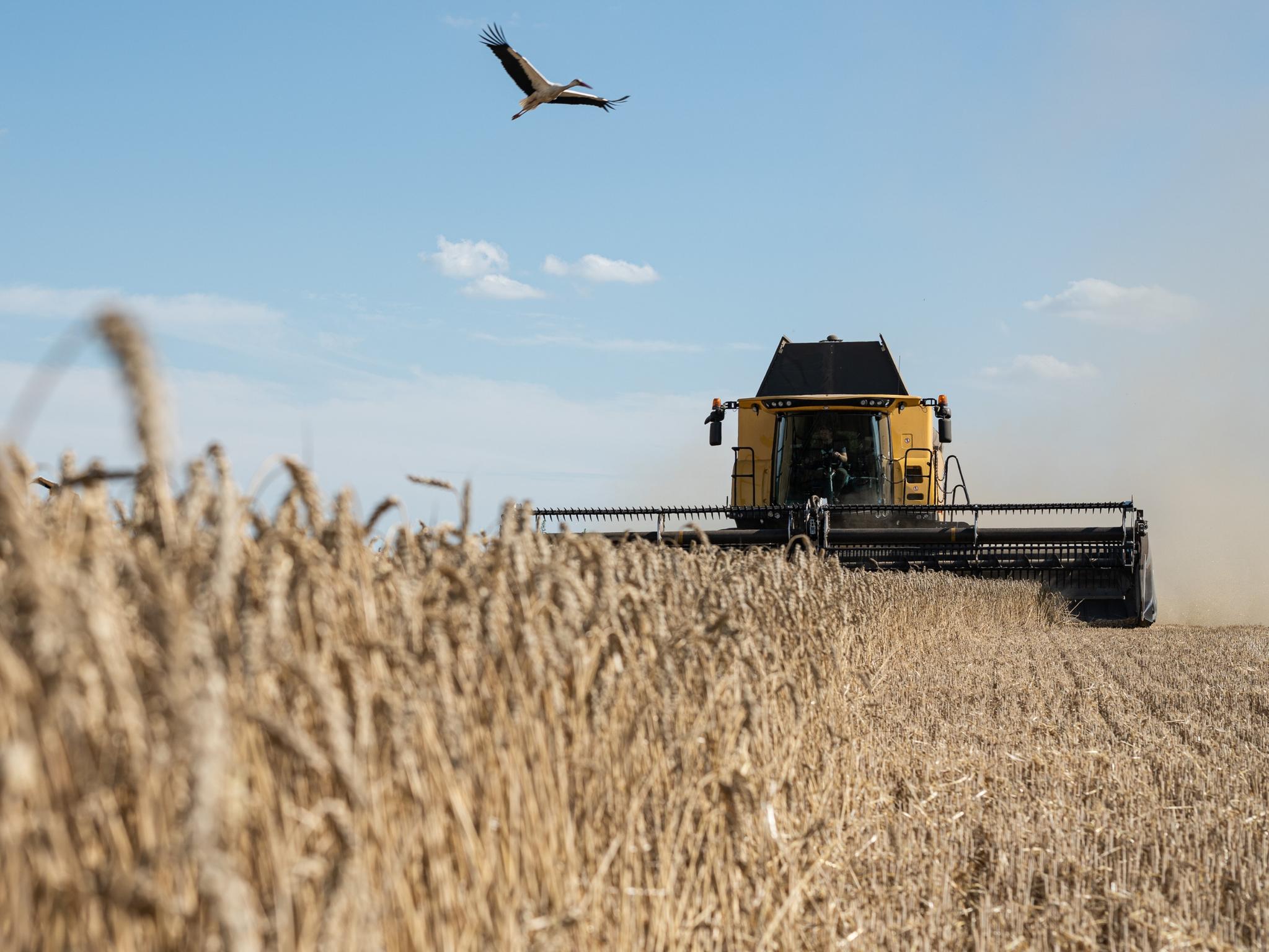
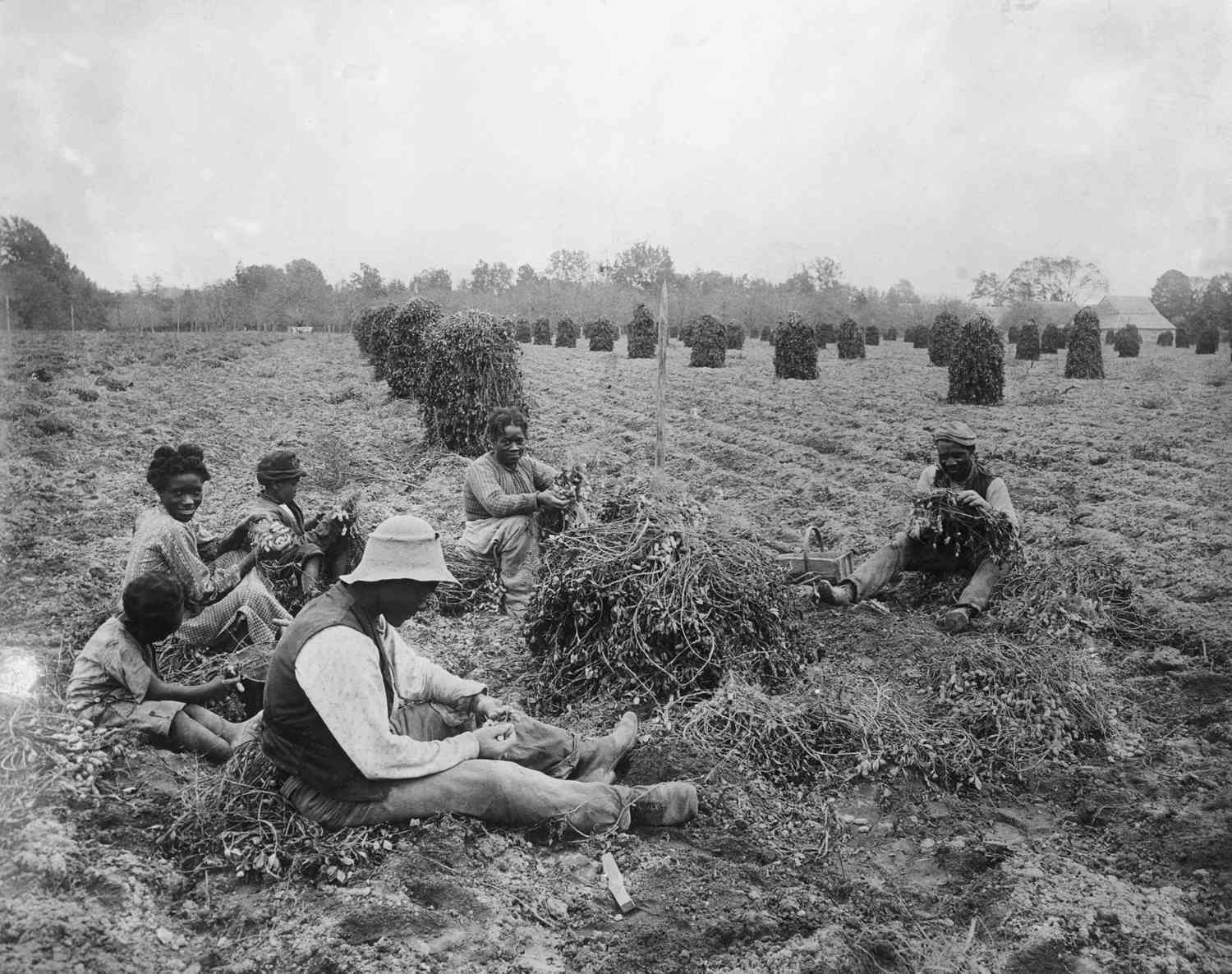


0 thoughts on “How Did Enclosure And Crop Rotation Paved The Way For An Agricultural Revolution”